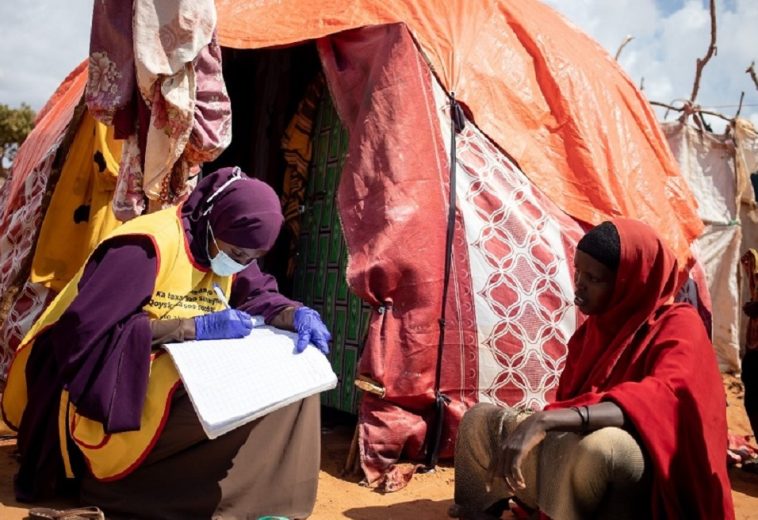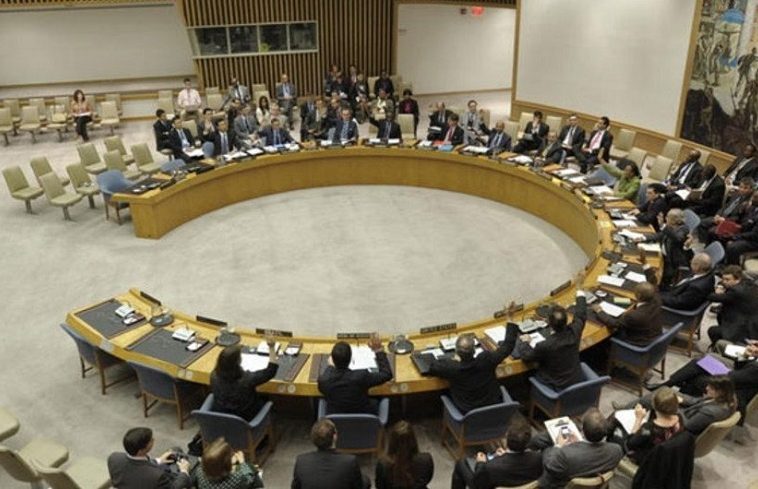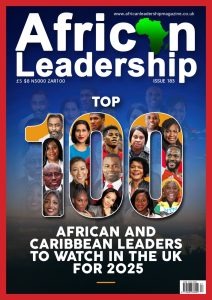African visa applicants face stricter restrictions than those from other regions, leading to a disproportionately high rejection rate. In 2022, Africa had the highest visa rejection rate, with 30% of all processed applications being denied, despite having the lowest number of applications per capita. This figure is 12.5% higher than the global average.
The rejection rates for African applicants for Schengen visas are particularly troubling, being 10% higher than the global average and three times higher than the highest rejection rates for other regions. To put this into perspective, African applicants are also ten times more likely to be rejected than applicants from the United States.
The adjusted refusal rate for B-Visas by nationality in the 2023 fiscal year is striking, with several African countries showing particularly high rejection rates. For instance, Algeria, Guinea-Bissau, and Nigeria faced rejection rates of 45.8%, 45.2%, and 45.1%, respectively.
Data from SchengenVisaInfo.eu shows that the number of B-Visa rejections increased by 9.97%, rising from 39,189 in 2022 to 42,940 in 2023. According to the report, Nigeria, the continent’s most populous nation, had the fourth-highest number of rejections. The cost of rejected visa applications for Nigeria increased to €3.44 million in 2023, up from €3.14 million in 2022.
The same platform also highlighted that African nationals spent €56.3 million on visa application fees in 2023, representing 43% of total expenses.
Contrasting these figures, English-speaking Africans experienced a visa rejection rate of 59% from 2018 to April 2023, while French-speaking Africans faced an even higher rate of 74%. In 2022, the global average refusal rate for B-Visas stood at 17.5%, but for African countries, this figure was significantly higher at 30%, more than double the global average.
Rejection Rates: Africa vs. Other Continents
In 2022, African visa applicants faced a rejection rate of 30%, 10% higher than the global average. In contrast, applicants from North America and Europe experienced much lower rejection rates, with only 4% of US applicants being denied visas.
A report by Henley & Partners revealed that North and West African countries had some of the highest rejection rates globally, with Algeria leading at 45.8%, followed closely by Guinea-Bissau and Nigeria at 45.2% and 45.1%, respectively. Meanwhile, nations like South Africa, Botswana, and Namibia had rejection rates under 7%, aligning more closely with global averages.
Disparities and Bias
According to the European University Institute’s Migration Policy Centre, visa rejections are often influenced by political factors. European countries have used visa refusals as leverage in negotiations with African governments over deportation agreements. This has resulted in higher rejection rates in North African countries, such as Algeria, which have resisted such agreements.
Additionally, applicants from poorer African nations face significant challenges in meeting the stringent requirements for visas, including proving financial means, employment, and ties to their home country. These hurdles make it more difficult for them to secure visas.
Economic and Social Impact
High visa rejection rates hinder Africa’s ability to engage in global trade, academic exchanges, and tourism. African business leaders, academics, and students face significant barriers when attempting to travel abroad for professional or educational purposes. This limits their access to opportunities that could benefit both their home countries and the regions they seek to visit.
African companies are missing out on vital partnerships, joint ventures, and networking opportunities essential for expanding operations and accessing international markets. High visa rejection rates also deter foreign investment, reducing the continent’s visibility in global business circles and diminishing the likelihood of securing foreign direct investment (FDI). Furthermore, small and medium enterprises (SMEs) that rely on international trade face difficulties in reaching potential markets, ultimately reducing Africa’s global export competitiveness.
Researchers across Africa are also affected by higher visa rejection rates, limiting their access to crucial international collaborations in scientific research, technological development, and medical advancements. This stagnation in innovation slows the adoption of global best practices, particularly in critical fields like healthcare, environmental conservation, and engineering.
These restrictions have significant consequences, as stifled innovation and technological growth impede Africa’s ability to fully embrace industrial and technological advancements, ultimately slowing overall economic growth. For example, Africa’s industrial and technology sectors currently contribute about 10% to the continent’s GDP. However, with increased international collaboration, they could achieve greater returns and drive economic development.
“As we strive for a more inclusive and connected world, it is crucial that we bridge the gap in visa access and eliminate the obstacles that hinder people’s ability to travel, work, and live freely. Everyone deserves equal opportunities to explore, contribute, and thrive without unnecessary barriers,” says António Guterres, Secretary-General of the United Nations.




